VENDOR RESOURCE GUIDE
We created this resource guide to help you start and grow your business!
Indiana is ranked as the #1 best state to start a business!
Indiana ranks as the number one best state to start a business, largely because the state offers a business-friendly climate with a low flat tax rate of 3.23%, an above-average business survival rate, and a healthy amount of funding opportunities. In fact, the Small Business Association (SBA) reported that Indiana had about $13.1 million in total funding for small businesses within the state last year. Source: Forbes Advisor
Dream. Plan. Do.
ⓘ This symbol means that there is more information available on this subject which can be found at the end of this guide under the heading “Additional Tools and Resources.”
1) STARTING YOUR BUSINESS
-
Determine your product and passion:
The general business advice says to “monetize what you love.” Make sure that whatever you choose is something you love to do, something you’re good at, and something that will be profitable.
Conduct market research:
Don’t think so much about your own product or business that you forget to look at what already exists - especially in the market that you will be entering with your product or service.
Conduct a SWOT analysis:
Recognize and name your business’s strengths, weaknesses, opportunities, and threats.
This type of analysis is great for organizing thoughts & ideas and can help you make decisions about which strategic moves to make for the success of your business. It takes into account your product and the surrounding market so that you can see patterns to improve and opportunities that may exist.
Create a business plan ⓘ:
Your business plan is the blueprint you will use to establish and operate your business. If you put effort into your business plan at the beginning, it will help tremendously down the road.
The main components of a business plan include…
Executive summary
Organization and structure
Market analysis & marketing plan
Financial plan
Choose a business structure:
There are many different types of business structures, and which one is best for you depends on the factors specific to your business. There are pros and cons to each, and you’ll need to conduct research to find out which fits your needs.
Popular types of business structures are…
Limited Liability Company (LLC
Limited Liability Partnership (LLP
Sole Proprietorship
Corporation
-
Take care of the legal stuff.
This includes registering your business and obtaining operating licenses, but you need to know a few things about your business and what you want it to be before you take this step.
You’ll need to choose and register your business name. ⓘ Something easy to remember but unique as well. Be careful not to choose a name that already exists or is trademarked.
Once you have the name figured out, you can register your business. With the correct forms and fees, you’ll receive a certificate that can be used to obtain licenses, tax numbers, and bank accounts for your business. ⓘ
All businesses except Sole Proprietorships must have an Employer Identification Number (EIN) from the IRS. ⓘ
Legal requirements concerning licenses and permits vary by location and industry. Check with your local government office to determine which local, state, or federal licenses your business needs to operate. ⓘ
Apply for business insurance ⓘ
Every business needs insurance, even if you are your only employee. Again, the type of insurance that is best for you depends on the factors that are specific to your own situation.
Basic types of business insurance coverage:
Product liability insurance
Liability insurance
Property insurance
Workers’ compensation insuranceTake care of the financial stuff.
Open a business bank account
Once you register your business, you will receive a certificate that will enable you to register for a business bank account. You’ll need to provide your business name and EIN.
Take care of the bookkeeping
Consider bookkeeping services, accounting software, or handling the bookkeeping yourself.
Calculate startup costs and your breakeven point ⓘ
Fund your business ⓘ
There are endless options when it comes to funding your business, but they all boil down to two main types: internal and external.
Examples of internal funding include personal savings and help from family and friends. There is a bit more risk involved with this type of funding, as you may lose your personal wealth or put a strain on your relationships if the business fails.
Examples of external funding include small business loans and grants and investors. This option is less risky, however, you need to calculate repayment in accordance with your financial plan.
Small businesses especially may have to use funding from multiple sources.
2) OPERATING YOUR BUSINESS
-
Now that you have a name, your business needs branding.
The most essential branding components are a logo, color scheme, and fonts specific to your business. Your branding can be as basic or as complex as you want, but it starts with those three components.
There are many good resources online for branding. ⓘ You can make a logo, select a good color scheme, and find font pairings using online resources with a simple search.
-
Now that your business is up and running, people need to know about it! Don’t spend so much money on creating your business that there is no more room in the budget for marketing.
Create a website ⓘ
The most essential step to starting a marketing journey in today’s society is creating a website for your business. For a brick-and-mortar business, it is typically the easiest way for new customers to find your company, and for an online business, it’s the foundation of the entire operation. Having a website that is easy to access and navigate can be a great asset, and having a poorly designed or laid-out website that is difficult to understand or navigate can be detrimental to your business.
Important pages or features to have on your company’s website include:
Information about your company (“about us”)
Information about your products or services
Frequently asked questions (FAQs)
Locations and hours of operation (brick-and-mortar only)
Contact information (how customers can reach you or a representative of your company if they have a question or issue with their product or service)
Create social media accounts for your business
Social media is necessary these days and can be a very effective tool to help drive sales, customer engagement, and loyalty. Nowadays, people are more likely to purchase a product or service from a business or brand they follow on social media than they are from a business they do not follow.
3) GETTING YOUR PRODUCT IN OUR STORES
-
Create packaging
Your packaging needs to include your branding elements (logo, fonts, color scheme), look clean, and be easy to read.
An essential part of the packaging is including a barcode so that retailers can scan the product and find its price in their system.
UPCs ⓘ
UPC stands for “Universal Product Code.” This is the 12-digit code found in conjunction with the “bar code” that is scanned at the register. More specifically, you will need a GTIN-12 (UPC-A).
For North America, GS1 Global is the organization that sets the standard for numbering guidelines and product identification. Any UPC that you register through them will work at any store across the country.
Other companies may offer free UPC creation services, but stores may not be able to scan them, which would defeat the purpose of obtaining the UPC.
Make sure your UPC and barcode are printed correctly. If the code is warped or too small, it may not be scannable.
-
Contact the appropriate department manager
We have three major departments in our stores. Depending on what type of product you have, you will need to work with the manager of our Produce, Center Store, or Deli departments.
To get in touch with the appropriate department manager, you can…
Send an email to info@bloomingfoods.coop
Call our administrative office at (812) 339-4442
Make an appointment with your department manager - this is a required step.
You will be asked to email or bring to your appointment…
A list of your products
Samples of your product
Complete ingredient lists for each product (including health attributes like “non-GMO,” “gluten-free,” or “organic,”)
Examples of your product labels
Any certifications you have for your products.
Food-grade items:
We will need proof of the use of a Health Department-certified kitchen for food-grade items.Eggs:
If your products are eggs, you will need to provide a copy of the Indiana State Egg Board Certification.Organic or Fair Trade:
You must provide a copy of your product’s certification if it is Organic or Fair Trade.During your meeting, you’ll discuss things like payment terms, pricing, delivery, and the necessary paperwork.
Vendor invoice responsibility:
You will need to provide an invoice for each delivery.
Invoices need to include a unique invoice number, date of delivery, company name, payment address, payment terms, item descriptions and quantities, and the grand total owed to the vendor. You can discuss this with your department manager if you need clarification.
If you do not have access to a computer or printer, you can stop by our office and request an invoice template.
If you are unsure of how to create an invoice, there are templates available online that make it easy to create and fill out your own invoice. ⓘ
Once you are a vendor, the department manager will stay in contact with you. They will be your contact for any questions or concerns.
-
We love our vendors!
Keep us in the loop about new products or any changes to your existing products.
ⓘ ADDITIONAL TOOLS & RESOURCES
-
Planning
Business plan template
Launching
How to register a business name
Registering your business
Getting an EIN for an LLC
How to get a business license
Best small business insurance
Calculating startup costs and breakeven point
Best small business loans
-
Branding
Graphic design
Logo creation
Marketing
How to make a small business website
-
Getting your product ready
UPCs and bar codes
Getting in touch
Invoice templates
Microsoft Office - create.microsoft.com
Invoice Simple (for Excel) - invoicesimple.com
Keep working with us!
-
Starting your own small business
Click the “Innovation and Commercialization” tab; click the “Startups” tab to the left; choose “Startup Resources” from the drop-down menu.
Choose from “Plan + Start” or “Manage & Grow” from the home page
For LGBT+ Community
For working with grocery stores
